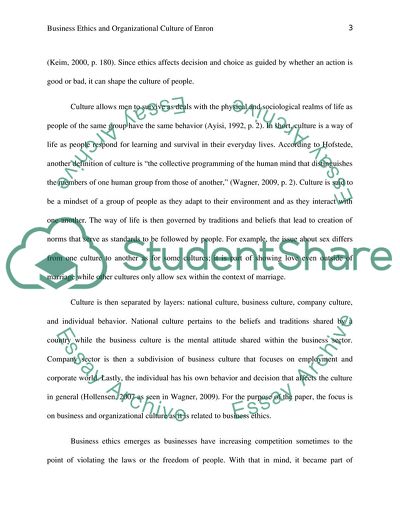Cite this document
(Business Ethics and Organizational Culture of Enron Case Study Example | Topics and Well Written Essays - 1500 words - 1, n.d.)
Business Ethics and Organizational Culture of Enron Case Study Example | Topics and Well Written Essays - 1500 words - 1. https://studentshare.org/ethics/1765207-business-ethics-and-organizational-culture
Business Ethics and Organizational Culture of Enron Case Study Example | Topics and Well Written Essays - 1500 words - 1. https://studentshare.org/ethics/1765207-business-ethics-and-organizational-culture
(Business Ethics and Organizational Culture of Enron Case Study Example | Topics and Well Written Essays - 1500 Words - 1)
Business Ethics and Organizational Culture of Enron Case Study Example | Topics and Well Written Essays - 1500 Words - 1. https://studentshare.org/ethics/1765207-business-ethics-and-organizational-culture.
Business Ethics and Organizational Culture of Enron Case Study Example | Topics and Well Written Essays - 1500 Words - 1. https://studentshare.org/ethics/1765207-business-ethics-and-organizational-culture.
“Business Ethics and Organizational Culture of Enron Case Study Example | Topics and Well Written Essays - 1500 Words - 1”. https://studentshare.org/ethics/1765207-business-ethics-and-organizational-culture.


